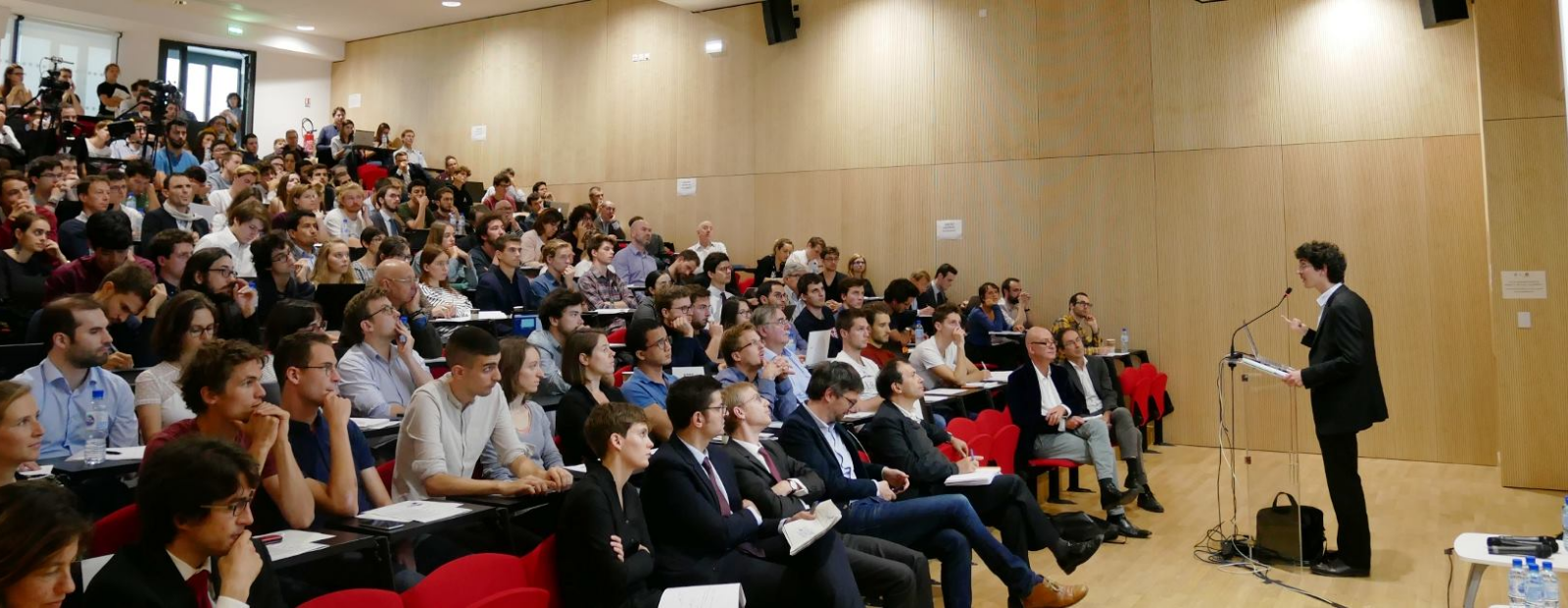Publié en
- Maître de conférences
- Université Paris 1 Panthéon-Sorbonne
Groupes de recherche
- Chercheur associé à la Chaire Économie des migrations internationales.
THÈMES DE RECHERCHE
- Changement structurel, inégalités et développement
- Démographie et migrations
- L’économie domestique dans les pays en développement
- Travail et développement
Contact
Adresse :48 Boulevard Jourdan,
75014 Paris, France
Campus :
Campus Jourdan
Étage : 6
Bureau : 48
Déclaration d’intérêt
VOIR LA DÉCLARATION D’INTÉRÊT
Publications HAL
-
Integration of Syrian Refugees: Insights from D4R, Media Events and Housing Market Data Chapitre d'ouvrageAuteur : Simone Bertoli Éditeur : Springer International Publishing
-
The effect of language training on immigrants’ economic integration: Empirical evidence from France Article dans une revueRevue : European Economic Review
Publié en
-
How Do Regulated and Unregulated Labor Markets Respond to Shocks? Evidence from Immigrants During the Great Recession Article dans une revueAuteur : Sergei Guriev Revue : Journal of Law, Economics, and Organization
Publié en
-
Arab spring protests and women’s labor market outcomes: Evidence from the Egyptian revolution Article dans une revueAuteur : Mathilde Maurel Revue : Journal of Comparative Economics
Publié en
-
Illegal migration and consumption behavior of immigrant households Article dans une revueRevue : Journal of the European Economic Association
Publié en
-
Social constraints and women’s education: Evidence from Afghanistan under radical religious rule Article dans une revueRevue : Journal of Comparative Economics
Publié en

